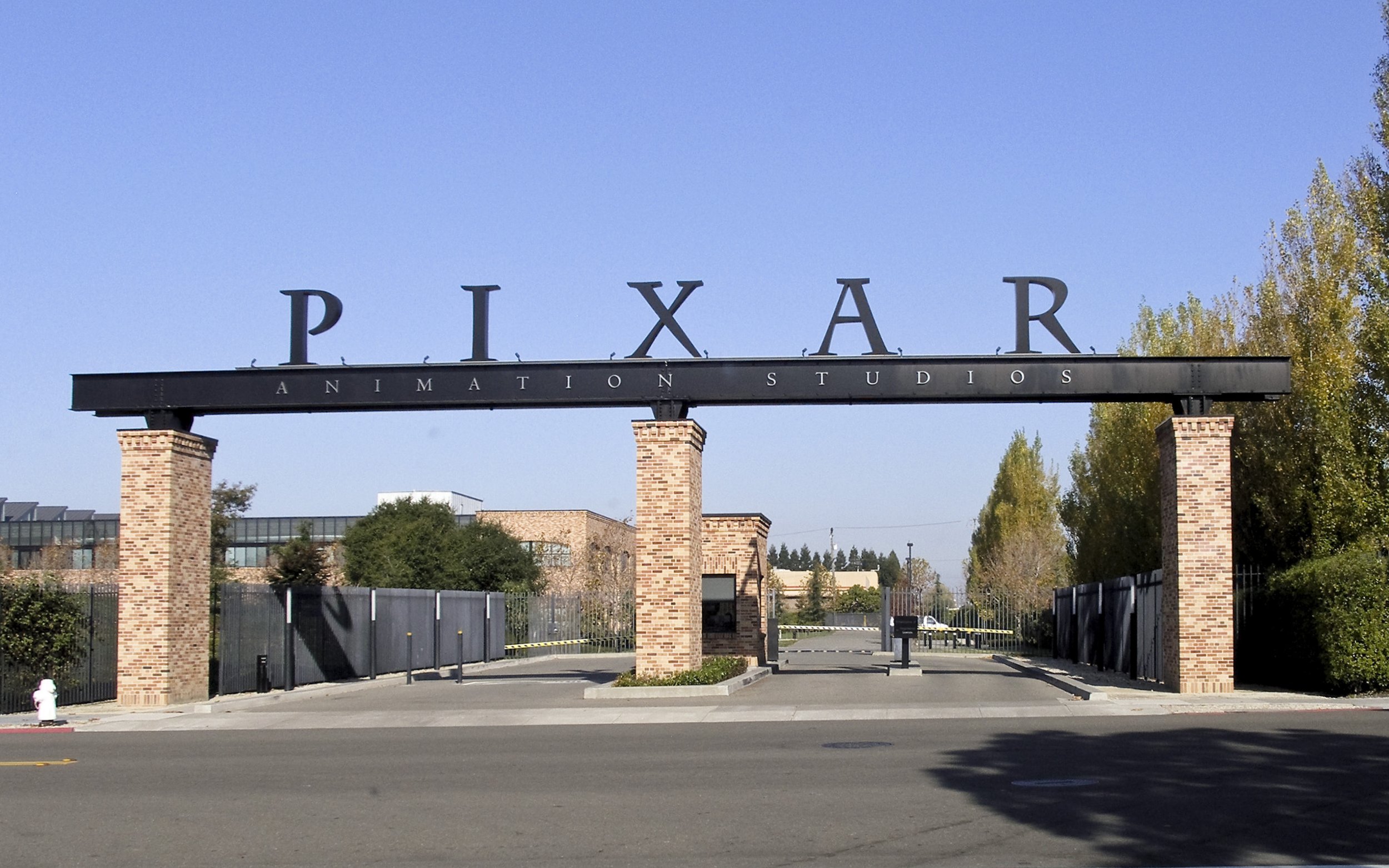Weekly Posts and Insights

Leadership Requires Renewal: 7 Recovery Strategies for Top Performers
I’ve long been fascinated by the human body—its capacity for endurance, resilience, and renewal. It’s truly one of God’s greatest gifts: a self-healing, constantly adapting machine. But like any machine, if we don’t put gas in the tank, oil on the pistons, or do regular 10,000-mile tune-ups, we risk breakdown.
Leadership is no different.
The physical and emotional taxation of leadership is real—and too often overlooked.

Breaking the Superhuman Cycle: Why Great Leaders Need Rest Too
Many leaders fall into the trap of the Superhuman Syndrome, pushing themselves to exhaustion while ignoring the long-term costs to their well-being and effectiveness. This post explores how dissonant leadership and the constant chase for urgency can lead to burnout, while resonant leadership—rooted in emotional intelligence and renewal—fosters sustainable success. By embracing the Cycle of Sacrifice and Renewal, leaders can model resilience, elevate team performance, and lead with clarity and composure.

The Resilient Warrior Leader: Recognizing Your Stress Persona
As we continue our Resilient Warrior series, it's important to start with self-awareness—understanding our patterns and recognizing how we respond under pressure. When we are overtaxed, overburdened, and exhausted, we often fall into default stress behaviors.
Are you the "Three-Ring Circus" Leader (Chaos Chaser), the "Iron Fortress" Leader (Stoic Under Pressure), the "Tsunami Shield" Leader (People-Pleaser), or the "Pressure Cooker" Leader (Procrastination Strategist)?

The Resilient Warrior Leader: Retool and Refuel for Leadership
The runner trains, the player practices, the warrior studies—so why do we assume that leading in today’s challenging world requires anything less? Leadership today demands more than just assimilation, acceptance and mediocrity — it requires intentional training and practice, just like an elite athlete or seasoned warrior.

Motivation Risotto
Motivation, much like a well-balanced dish, relies on the right blend of ingredients. The CAMP model—Competency, Autonomy, Meaningfulness, and Progress—is your recipe to keep your team energized and engaged. Missing even one component is like forgetting salt in a soup—it just doesn’t work. Let’s break it down.

One Year Later
Over the past year, we’ve explored the shift from workplace culture to community, delving into themes like belonging, trust, adaptability, and leadership as service. Through concepts like the Upside-Down Community Leader, Greenthumb Leadership, and the Deep Ocean Model, we’ve examined how leaders can foster growth, navigate change, and address underlying beliefs. This journey has highlighted that leadership is intentional and requires continuous learning, with the hope of inspiring growth and meaningful connections in others.

A Leadership Recipe for the Holidays
Good food is all about timing, intention, and a willingness to experiment. Leadership is no different. So, this holiday, let’s take a detour from boring leadership jargon and straight into the heart of the kitchen—a place where raw ingredients transform into something magic. Great leadership, like great food, can feed the soul. Here are the essential ingredients for the perfect leadership dish.

The Shifting Dynamics of Work: Remote, Hybrid, and the Leadership Question
Remote and hybrid work models have reshaped the workplace, with high-performing leaders often excelling due to their autonomy, discipline, and results-oriented approach, while lower-performing employees may struggle without direct supervision. Research, such as the Stanford University study, highlights the benefits of hybrid work, particularly in enhancing productivity and retention, though challenges arise when remote work is poorly managed. The future of work requires organizations to balance flexibility and accountability, fostering environments that empower diverse employees and adapt to changing expectations.

Navigating Conflict in the Workplace: The Downstairs, Middle Room and Upstairs of Resolution
Conflict at work is inevitable, but with the right tools, it can become an opportunity for growth. In this post we explore how leaders can guide teams through conflict by understanding how the brain processes emotions through the downstairs, middle room, and upstairs functions of the brain.

Belief-Behavior Conversations In Action: How Pixar Transformed Team Dynamics and Communication
Belief-behavior conversations, as we discussed in our e-book: Revitalize and Retain Staff, aim to address the root causes behind actions, rather than merely correcting surface-level behavior. Pixar’s leadership used this approach to facilitate open, meaningful dialogues, helping the team uncover the underlying beliefs fueling their actions. Once these beliefs were identified, leaders guided team members toward reframing them, creating lasting behavioral change.